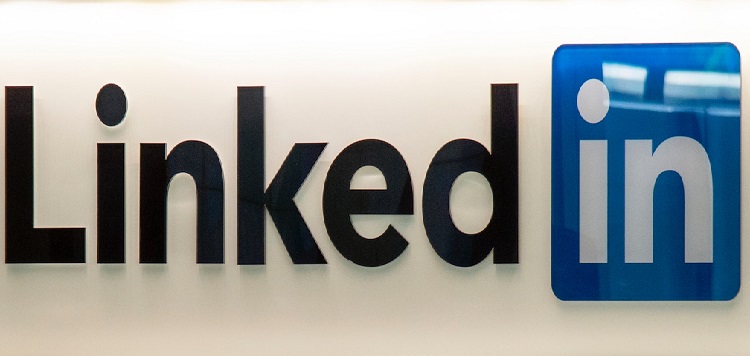LinkedIn is one of the most influential social media platforms for professionals. As a platform specifically designed for business-to-business (B2B) marketing, LinkedIn offers unique advantages to marketers. However, as the platform has been around for a while, many marketers are questioning whether it still delivers worthwhile ROI. In this article, we will explore the ways in which marketers can utilize LinkedIn content to boost their B2B marketing strategies and achieve better results.
Questioning the ROI of LinkedIn
As with any business investment, marketers are naturally concerned about the ROI of using LinkedIn for their marketing efforts. However, recent studies have shown that LinkedIn continues to be a powerful tool for B2B marketers, with 62% of marketers rating it as an effective social media platform. The key is to understand how to leverage the unique features of the platform to maximize results.
Utilizing LinkedIn Content for B2B Marketing
To get the most out of LinkedIn, it’s essential to focus on creating high-quality content that attracts and engages potential clients. Here are some tips for creating effective LinkedIn content and incorporating it into your B2B marketing strategies:
The Importance of LinkedIn Content
LinkedIn content helps marketers to build relationships with potential clients by providing value that solves their business problems. By showcasing their expertise and building trust with valuable content, marketers can attract and retain clients over the long term.
Questions to Determine the Usefulness of LinkedIn Content
To determine whether you’re getting the most out of your LinkedIn content, consider the following questions:
– Does your content provide value that helps address your target audience’s needs?
– Are you actively engaging your target audience with your content?
– Is your content effectively building your brand?
Striking a balance between professional and personal content
While LinkedIn is a professional platform, it’s important to avoid being too formal or overly informative. Adding personal touches to your content, such as trivia or humor, can help make it more relatable and engaging for your audience.
Utilizing Captivating Visuals on LinkedIn
With so much content competing for attention on social media, it’s important to make sure that your posts stand out in the feed. One effective way to capture attention is to use visually striking imagery in your content.
The Value of Scroll-Stopping Visuals
Scroll-stopping visuals are high-quality images or videos that immediately capture the attention of those scrolling through their LinkedIn feed. These types of visuals are effective because they break up the monotony of text-only posts and are more likely to be shared by users.
Tips for achieving visually striking content on LinkedIn
To achieve visually striking content on LinkedIn, marketers should focus on high-quality, relevant visuals that align with their brand. Some tips for achieving striking visuals include:
– Using bright colors and contrasts to stand out in the feed
– Incorporating high-quality images and videos that showcase their brand
– Using text overlays to make key messaging stand out.
Tailoring Content for Better-Qualified Leads on LinkedIn
To effectively tailor content for better-qualified leads on LinkedIn, marketers need to understand their audience’s pain points, preferences, and interests. This requires research and analysis of LinkedIn Insights data, with the goal of creating content that resonates with your target audience.
In conclusion, LinkedIn continues to be a valuable tool for B2B marketers. By utilizing high-quality, targeted content, emphasizing social responsibility and community building, and leveraging the platform’s unique features for more effective lead targeting, marketers can achieve a successful ROI on the platform. Most importantly, as you devise or refine your LinkedIn marketing strategy, consider how you can incorporate these suggestions into your plan of attack. By doing so, you can maximize your results and achieve greater success on the world’s leading professional social networking platform.

